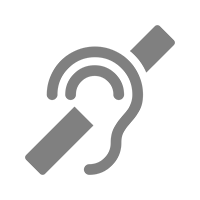Product Specifications & Safety Information
This interactive tool is FREE and should be used to help manage the risks associated with the operation of hand-held power tools and equipment, including hand-arm vibration syndrome (HAVS), noise induced hearing loss (NIHL) and the dangers of occupational exposure to dust.
The data has been obtained directly from some of the hire industry’s leading manufacturers and suppliers of equipment and will be reviewed and updated regularly to ensure you have the latest and most relevant information.
How Can These Risks Be Managed?
Follow the suggestions below for insights on how you might manage the risks associated with HAVS, noise, dust and CO2. In addition, you may decide to use one of a range of simple measures (masks or respirators, HAVS warning systems, ear defenders) to help you control exposure.
For The Employer
For The Employee

